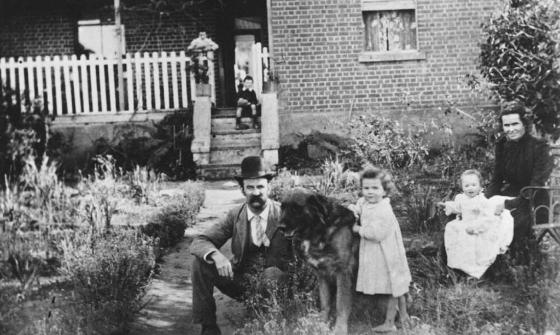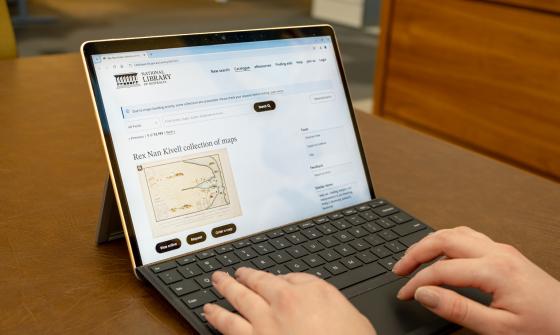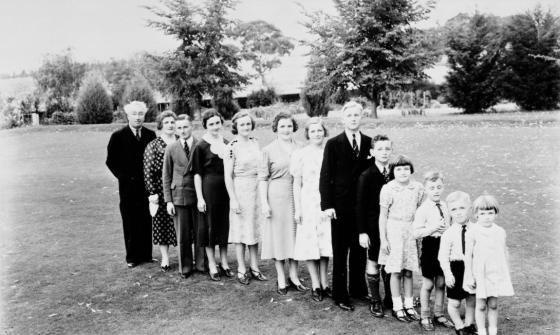Thinking outside the box: Creative approaches to family history research
When you begin your family history journey it’s best to take it step by step, starting with the genealogy fundamentals outlined in our Get Started with Your Family History guide. These tried-and-true methods lay the groundwork for strong, reliable research. But what if, even after following the steps, you hit a wall? What if you find little information, or your ancestor seems to vanish from the records entirely?
It’s time to put your detective hat on and explore less conventional paths. Here are some outside-the-box strategies to help you uncover the hidden branches of your family tree.
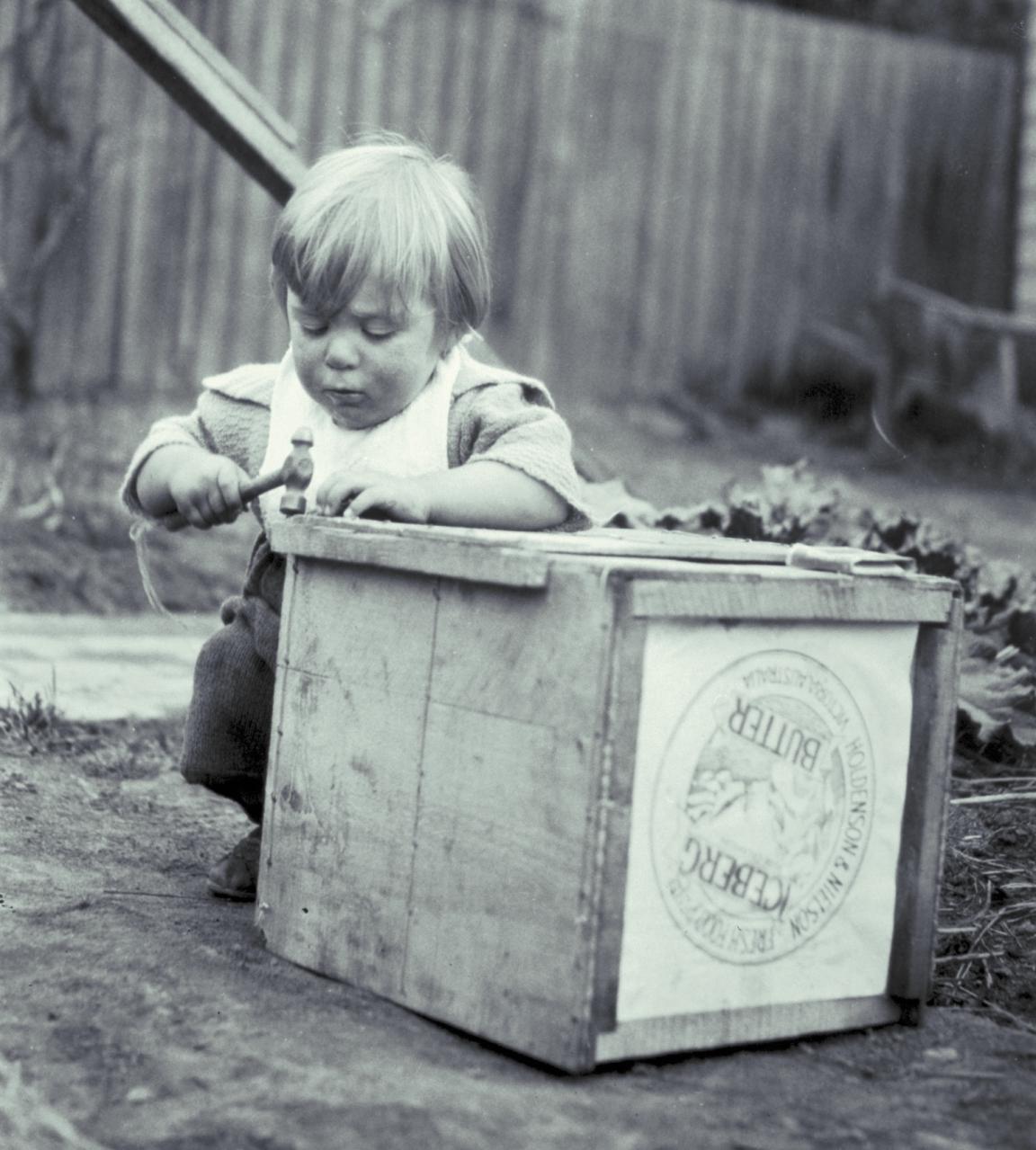
C. R. Gotts, Philip Gotts, playing with a wooden box, 1921, nla.gov.au/nla.obj-144214274
C. R. Gotts, Philip Gotts, playing with a wooden box, 1921, nla.gov.au/nla.obj-144214274
Try name variations
When researching your family history, always be flexible with names. Spelling wasn’t standardised in the past and names were often recorded phonetically or simply misspelled by document takers. Try alternate spellings, abbreviations, and even wildcard searches.
For migrant communities, naming customs could add another layer. Chinese names, for instance, are typically written in reverse order with the surname first and married women often kept their maiden names. You may need to try variations of name order and maiden name when searching.
Other name variations to consider when searching for your ancestor are middle names, initials, nicknames, stage names and aliases. You may find they were better known in their local community by these names and this could be reflected in newspaper articles or appear in an unexpected record.
Keeping an open mind with name searches can uncover surprising new leads.
For example, Leslie George 'Les' Vante Cole was an Australian illusionist known professionally by the stage names 'Levant', 'The Great Levante' or the 'Magician Cole'.
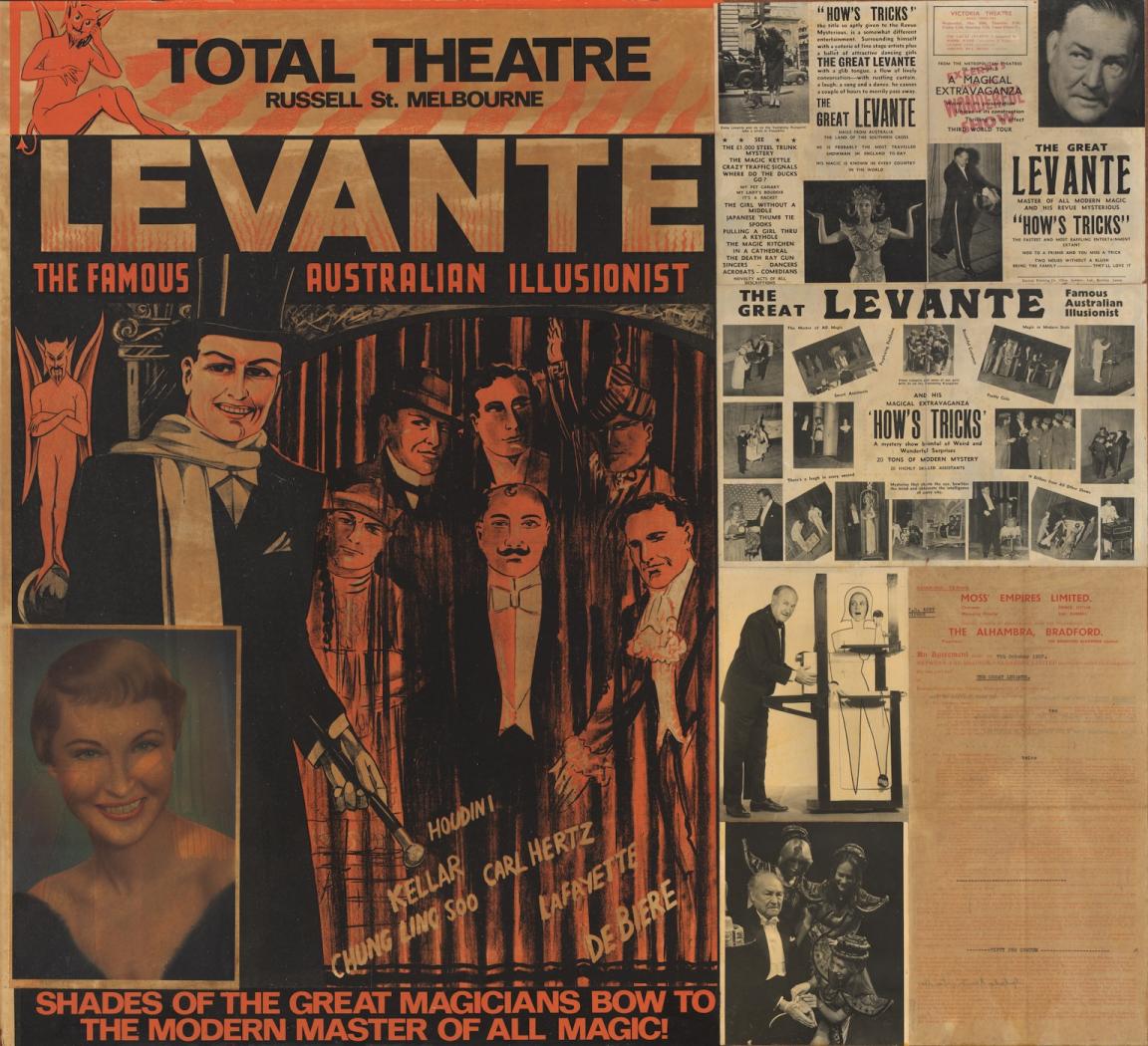
[The Great Levante collection of posters, photographs], 1934, nla.gov.au/nla.obj-146763952
[The Great Levante collection of posters, photographs], 1934, nla.gov.au/nla.obj-146763952
Look beyond the obvious records
Think you’ve searched everywhere? Think again. If an ancestor is proving hard to find, it might be time to look beyond the usual vital records. Could they have been reported as missing, drowned, or charged with desertion of a ship, the military or even their family? Perhaps they were involved in crime or evading the law. Historical police gazettes and newspapers often published notices about such cases.
Perhaps the information you are after could be found in an unexpected format such as manuscripts, pictures, oral histories, property maps or an archived website. Start with a name search in Trove.
Learn how to research in Trove
Look into an ancestor’s spouse or another family member
If you can’t find an ancestor in historical records, try searching for a spouse, sibling, or close relative instead. People sometimes appear under unexpected names or spellings, but their relatives may be easier to trace. Following a partner or another family member might lead you to records that can uncover your ancestor’s address, occupation, burial location, or other useful clues. Census records and electoral rolls often listed other family members, or military service files and death certificates or could have noted a next of kin.
Thinking laterally and tracing someone connected to your ancestor can often provide the breakthrough you need in your genealogy research.
http://nla.gov.au/nla.obj-160054430
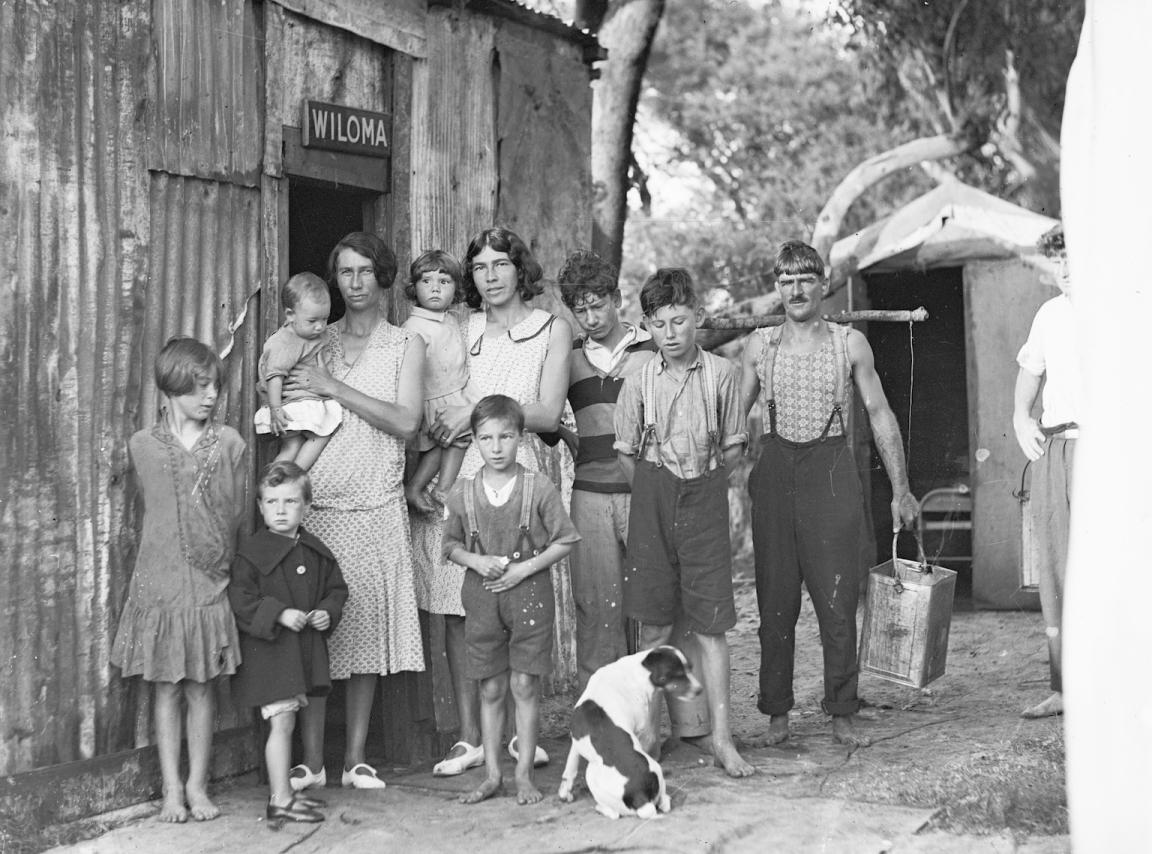
Fairfax Corporation. A family standing outside a tin shack called Wiloma during the Great Depression, New South Wales, ca. 1932, nla.gov.au/nla.obj-160054430
Fairfax Corporation. A family standing outside a tin shack called Wiloma during the Great Depression, New South Wales, ca. 1932, nla.gov.au/nla.obj-160054430
Think beyond borders and expand your search geographically
When tracing your ancestors, remember that modern state and territory boundaries can limit your research. This is especially important when researching First Nations family history, as language groups may span or sit near state and territory borders. Knowing the dates when states and territories were established can help determine if you need to extend your search.
Your ancestor might also have been on the move between borders, like the Afghan cameleers who helped transport building materials for the Overland Telegraph Line and the Ghan Railway, or Chinese migrants who arrived in South Australia then trekked to the Victorian goldfields in the late 1850s to avoid a hefty 10-pound poll tax. These historical details can help shift or navigate where records were created or stored.
So, if the trail runs cold in one state, look beyond. The clue you need might lie just across a colonial line
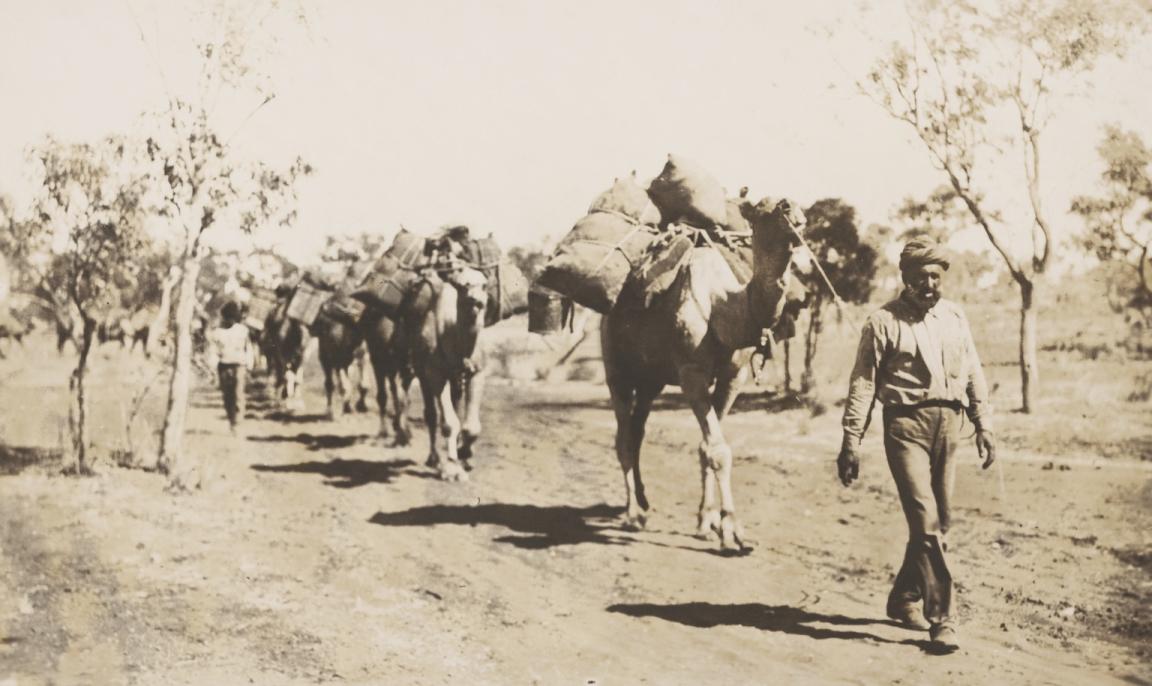
Frank Hurley, An Afghani man leading a heavily laden camel train, 1914, nla.gov.au/nla.obj-152791565
Frank Hurley, An Afghani man leading a heavily laden camel train, 1914, nla.gov.au/nla.obj-152791565
Understand your ancestor’s time
Understanding what was happening during your ancestor’s lifetime can offer vital clues and help explain why they might be difficult to trace. Social, political, or environmental events may have affected record keeping or your ancestor’s movements. Once you know the context, you can adjust your research strategy accordingly.
Perhaps your ancestor served in a war, a fire destroyed a series of records, or an influenza out-break caused church closures. Newspapers are an excellent way to uncover these stories and build a richer picture of your ancestor’s world.
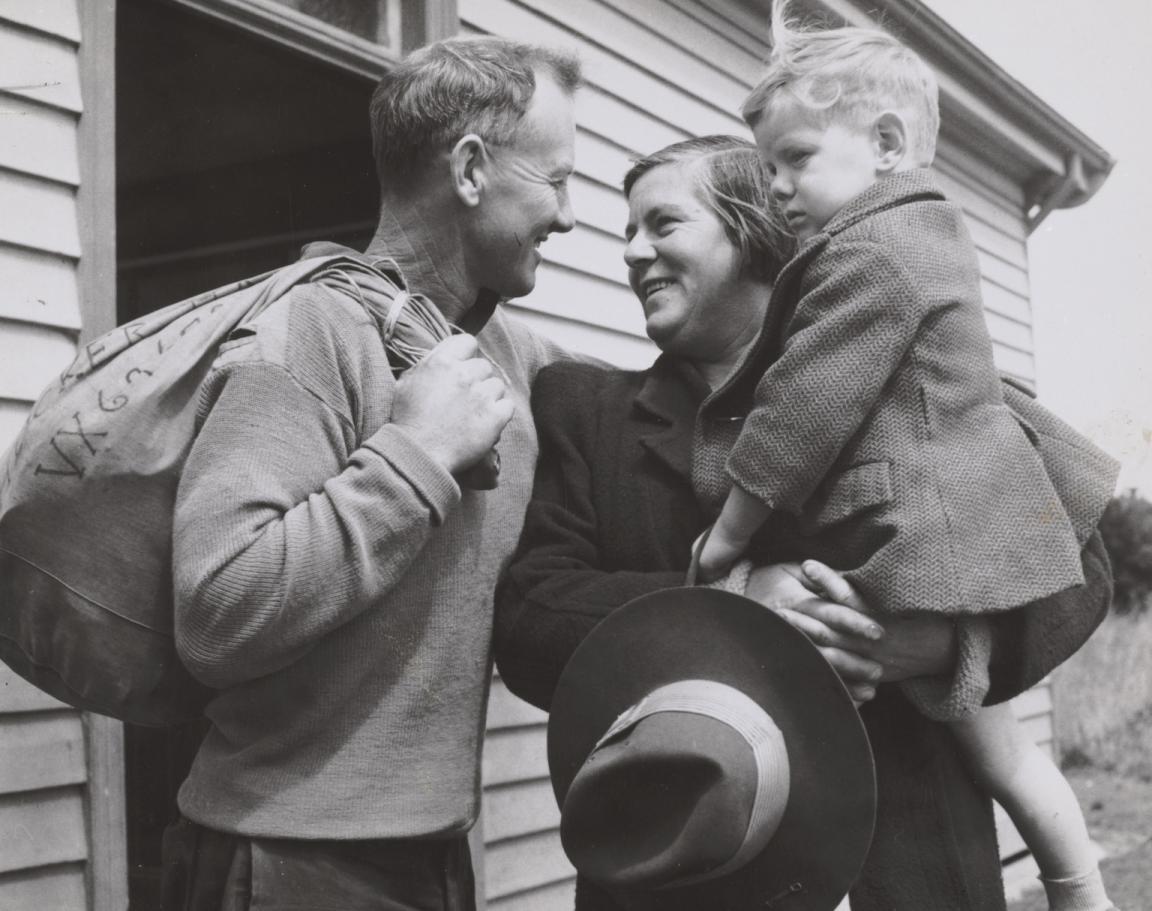
Jim Fitzpatrick, Wartime parting of a family, Drouin, Victoria, 1944, nla.gov.au/nla.obj-147031835
Jim Fitzpatrick, Wartime parting of a family, Drouin, Victoria, 1944, nla.gov.au/nla.obj-147031835
Happy researching!
We hope this blog has sparked some fresh ideas and strategies for your family history research. Thinking creatively and staying flexible in your approach can often lead to surprising discoveries and help you overcome those frustrating brick walls. If you need guidance or support, we're always here to help through our Ask a Librarian Service.
